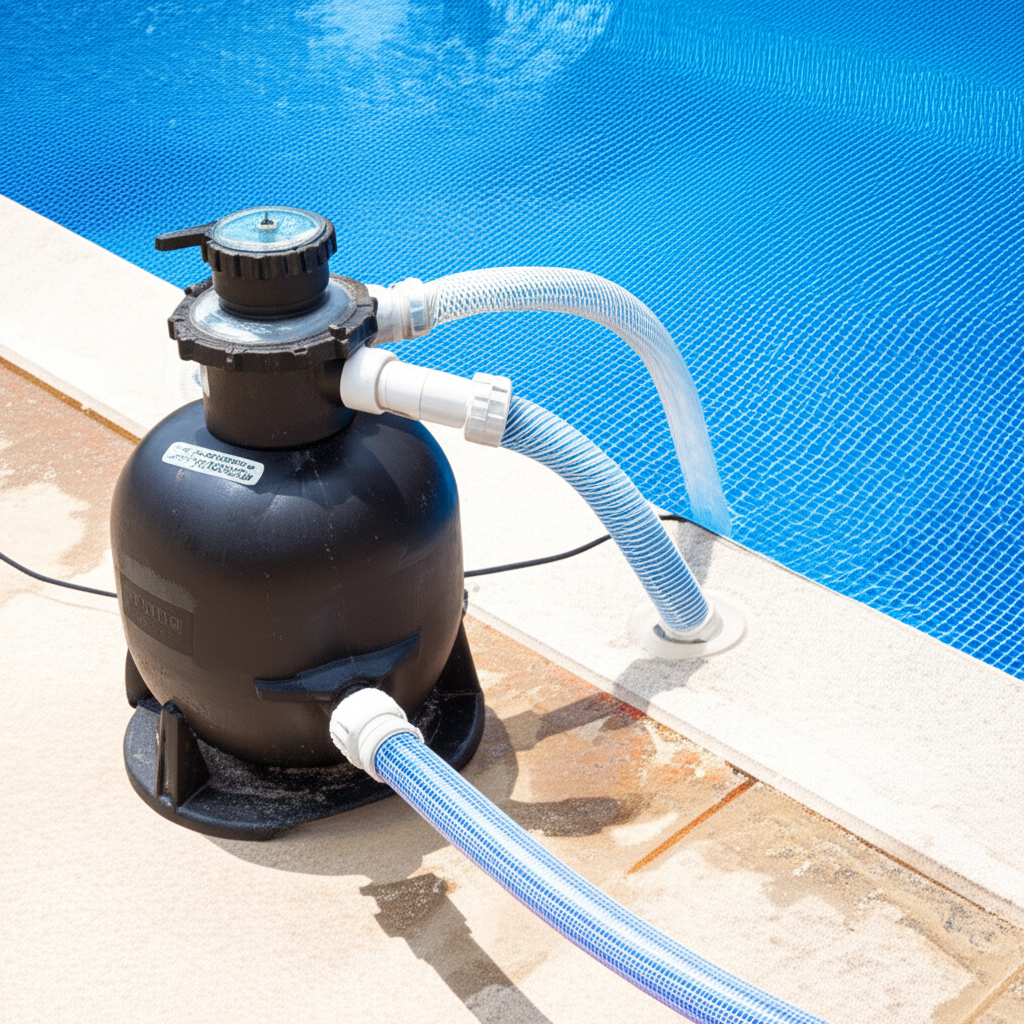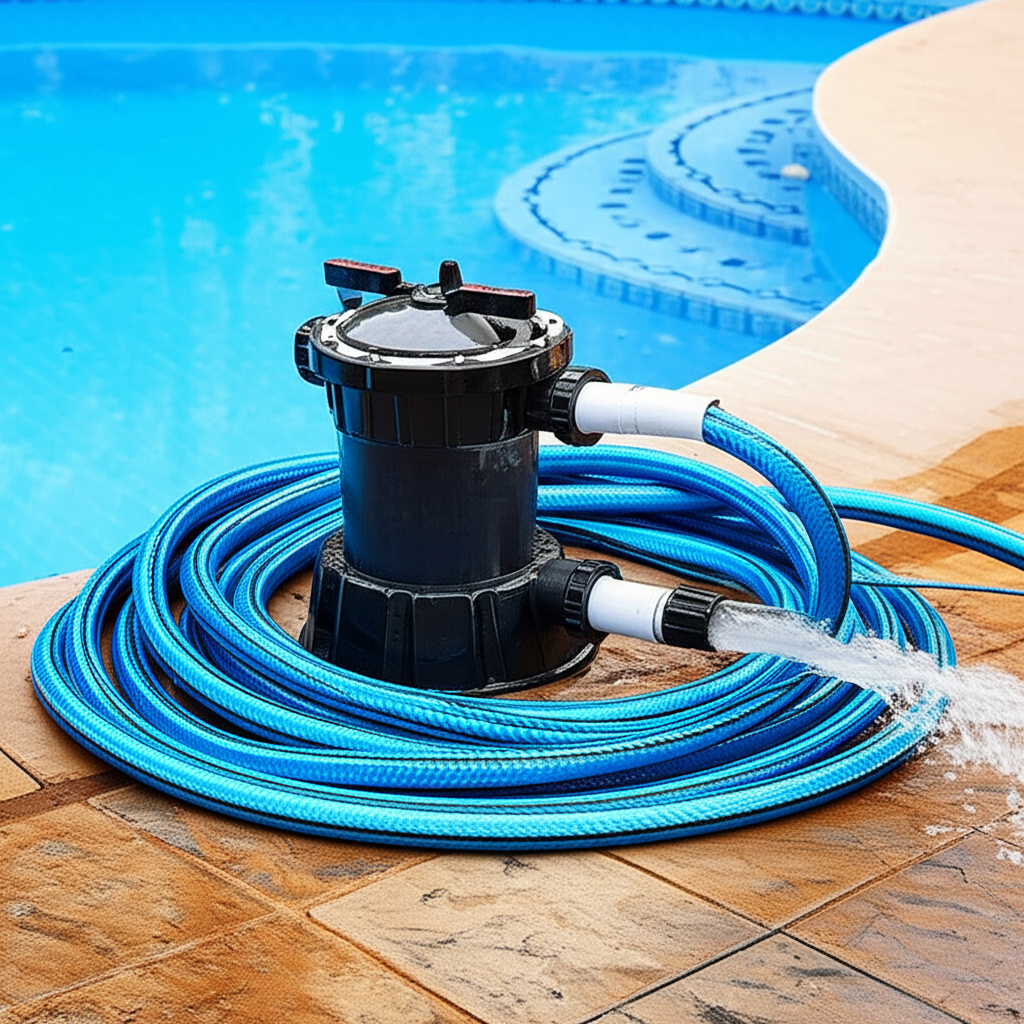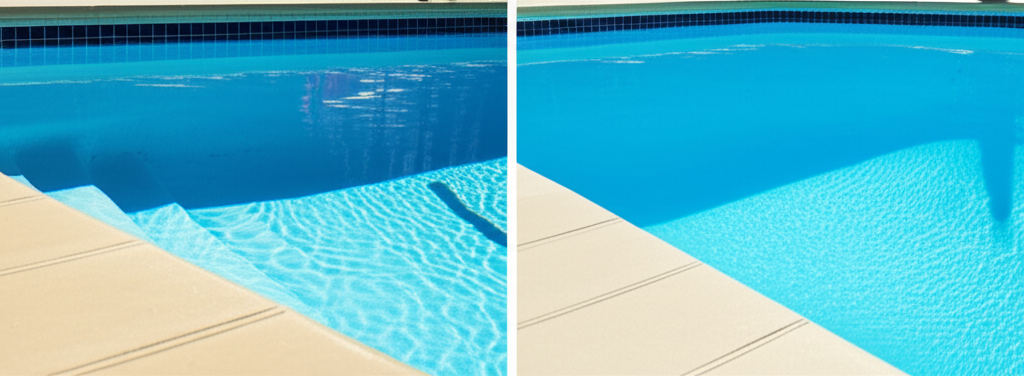- What is Pool Backwashing and Why is it Necessary?
- When to Backwash Your Pool Filter
- A Step-by-Step Guide to Effective Pool Backwashing
- Understanding Your Filter Type and Maintenance
- Beyond Backwashing: Comprehensive Filter Care
Pool backwashing is a fundamental aspect of maintaining a crystal-clear swimming pool and extending the life of your filtration system. It’s a key process that reverses the water flow through your filter, flushing out trapped debris and contaminants into a waste line. Far from being a complicated chore, understanding and performing proper backwashing is an effortless way to ensure your pool remains sparkling and its equipment runs efficiently. Neglecting this vital task can lead to cloudy water, reduced circulation, and unnecessary strain on your pump, ultimately compromising your swimming experience.
What is Pool Backwashing and Why is it Necessary?
At its core, pool backwashing is a cleaning procedure for your filter. Over time, your pool filter (whether sand or DE) accumulates dirt, algae, leaves, and other microscopic particles that it has strained from the water. As these impurities build up, they create resistance within the filter media, making it harder for water to pass through. This increased resistance reduces the flow rate back into your pool, meaning your circulation system isn’t working at its best.
The necessity of backwashing stems from several critical points:
Optimal Filtration: A clean filter can trap more contaminants effectively, leading to clearer, healthier water.
Maintained Water Flow: Backwashing restores the proper water flow, ensuring your pool chemicals are distributed evenly and filtration remains efficient.
Extended Filter Life: Regularly removing debris prevents excessive buildup that can compact filter media or damage DE grids, prolonging the life of your expensive filter system.
Reduced Energy Consumption: When your pump has to work harder to push water through a clogged filter, it consumes more electricity. A clean filter allows your pump to operate at optimal efficiency.
This process is a cornerstone of effective Filter Maintenance, directly impacting the health and longevity of your entire pool system.
When to Backwash Your Pool Filter
Knowing when to backwash is just as important as knowing how. The most reliable indicator is your filter’s pressure gauge. Every pool filter has a “clean” operating pressure, which is the PSI (pounds per square inch) reading when your filter is freshly cleaned or brand new. As the filter collects debris, this pressure will gradually rise.
You should backwash your pool filter when:
The Pressure Gauge Reads 8-10 PSI Above Clean: This is the golden rule. If your clean pressure is normally 10 PSI, backwash when it reaches 18-20 PSI.
Reduced Water Flow: You might notice weaker jets, less suction from the skimmers, or a general decrease in water circulation.
Cloudy Water: While other factors can cause cloudy water, a dirty filter not performing optimally is a common culprit.
After Heavy Pool Usage or a Storm: If your pool has seen a lot of swimmers or been subjected to heavy winds bringing debris, it’s a good idea to backwash even if the PSI hasn’t hit its peak.
Routine Schedule: Many pool owners establish a routine, such as backwashing every one to two weeks during peak season, regardless of PSI, just to keep things fresh.
A Step-by-Step Guide to Effective Pool Backwashing
Performing Pool Backwashing is straightforward. Here’s how to do it correctly and safely:
1. Turn Off the Pool Pump: Safety first! Always turn off the pump to prevent damage to the multi-port valve or the filter itself.
2. Position the Multi-Port Valve: Locate the large handle on top or side of your filter. This is your multi-port valve. Push down (or pull up, depending on the model) and rotate the handle from its “FILTER” position to “BACKWASH.” Ensure the handle clicks firmly into place.
3. Initiate the Backwash Cycle: Turn the pool pump back on. You’ll typically see water being discharged from a waste line, often with a clear sight glass nearby. Watch this sight glass. Initially, the water will be cloudy, dirty, or discolored.
4. Continue Until Water Runs Clear: Keep the pump running in backwash mode until the water flowing through the sight glass is consistently clear (usually 1-3 minutes). Don’t backwash for too long once it’s clear, as you’ll simply be wasting water.
5. Perform a Rinse Cycle (Crucial for Sand Filters): Turn the pump off again. Move the multi-port valve handle from “BACKWASH” to “RINSE.” Turn the pump back on and run for about 30-60 seconds, or until the sight glass shows clear water again. The rinse cycle helps settle the sand media and flushes any remaining dirty water from the internal plumbing, preventing it from returning to your pool.
6. Return to Filter Mode: Once the rinse cycle is complete and the pump is off, move the multi-port valve handle back to the “FILTER” position.
7. Restart the Pump and Check Water Level: Turn the pump back on. Check your pool’s water level, as backwashing removes water from the pool. Top off your pool if necessary to ensure skimmers are functioning correctly.
8. Record PSI: Note the new, lower PSI reading on your pressure gauge. This is your updated “clean” pressure.
Understanding Your Filter Type and Maintenance
While the process above is focused on sand and DE filters, it’s important to understand how filter types dictate your Filter Maintenance routine:
Sand Filters: These are the most common filters that utilize backwashing. The sand traps debris, and backwashing flushes it out. Over time, sand can become “channeled” or laden with grease. An annual deep cleaning with a filter sand cleaner is recommended, and sand typically needs replacement every 5-7 years.
Diatomaceous Earth (DE) Filters: DE filters offer superior filtration. After backwashing a DE filter, you must add new DE powder back into the filter. This is done by mixing the specific amount of DE powder (check your filter manual) with water in a bucket to form a slurry, then slowly pouring it into the skimmer with the pump running. The DE coats the internal grids, forming the filtration medium. DE grids require periodic manual cleaning and inspection, typically once a season.
Cartridge Filters: Unlike sand or DE filters, cartridge filters do not backwash in the traditional sense. Instead, the pleated cartridges are removed from the filter tank and manually rinsed with a garden hose. For thorough cleaning, they should be soaked in a specialized cartridge cleaner solution every few months to remove oils and stubborn residue.
Beyond Backwashing: Comprehensive Filter Care
While backwashing is vital, a holistic approach to Filter Maintenance involves several other practices to ensure your pool filter performs at its peak:
Regular Skimmer and Pump Basket Cleaning: Preventing large debris from reaching the filter reduces its workload.
Chemical Balance: Properly balanced water prevents scale buildup or corrosion inside your filter.
Periodic Deep Cleaning: For sand filters, chemical cleansers can dissolve grease, oils, and scale that backwashing can’t remove. For DE filters, annual disassembling and hosing down of the grids removes stubborn DE cake and debris.
Inspect Filter Components: Regularly check the multi-port valve for smooth operation, O-rings for cracking, and the pressure gauge for accuracy.
* Know When to Replace: Sand media eventually loses its sharp edges and filtration ability. DE grids can tear or become clogged beyond repair. Understand the lifespan of your filter media and replace it when necessary.
By making pool backwashing a routine and incorporating these comprehensive filter care tips, you’re not just performing maintenance; you’re safeguarding your investment and ensuring countless hours of enjoyment in pristine water. A well-maintained filter is the heart of a healthy pool, leading to less hassle and more relaxation.



